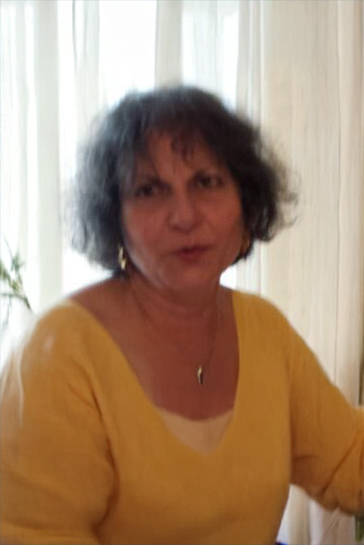
Experimental Neuroscience
Associate professor of Biochemistry (BIOS-07/A)
Department of Biotechnology and Biosciences, School of Science, University of Milano-Bicocca
Room U4-5015, piazza della Scienza 2, Milano
ORCID ID: 0000-0002-7971-4289
Professor of Neurobiochemistry, Head of the Laboratory of Neuroscience “Rita Levi-Montalcini”, Member of Advisory Board of the Milan Center for Neuroscience (www.neuromi.it), Component of the Board for Animal Health and Welfare (OPBA).
Graduated in Biology (University of Bari), Specialist in Pharmacology (University of Milano), and postdoc at the National Neurological Institute “C. Besta” (Milano) studying mechanisms of neurodegeneration in Parkinson’s disease. From 1991 to 1999, Research associate (and later Assistant Professor) at the Dept. of Cell Biology, Division of Neurobiology, Georgetown University Medical School (Washington DC, USA), studying the role of Nerve Growth Factor (NGF) in brain function, as well transcriptional mechanisms underlying cell-specific regulation of NGF expression. Part of these studies were developed during a Sabbatical leave (1996-1997) at Eukaryotic Transcriptional Regulation Group, National Cancer Institute-Frederick Cancer Research and Development Center (Frederick MD, USA).
RESEARCH INTERESTS
Molecular events of neurodegeneration linked to mitochondrial dysfunction and neuroinflammation
Brain toxicity of micro- and nano-plastics: impact on neuronal development and function
Role of mitochondria and metabolism in neuronal differentiation
Development of NGF-based therapy (rhNGF or NGF-like molecules) for clinical applications in neurodegenerative and neuroinflammatory disorders
POSSIBLE TOPICS FOR PhD PROJECTS
Cholinergic modulation of Dopaminergic function in cellular and mice models of Parkinson’s disease
Impact of micro- and nano-plastics on neuronal development and function